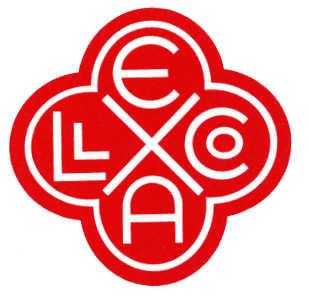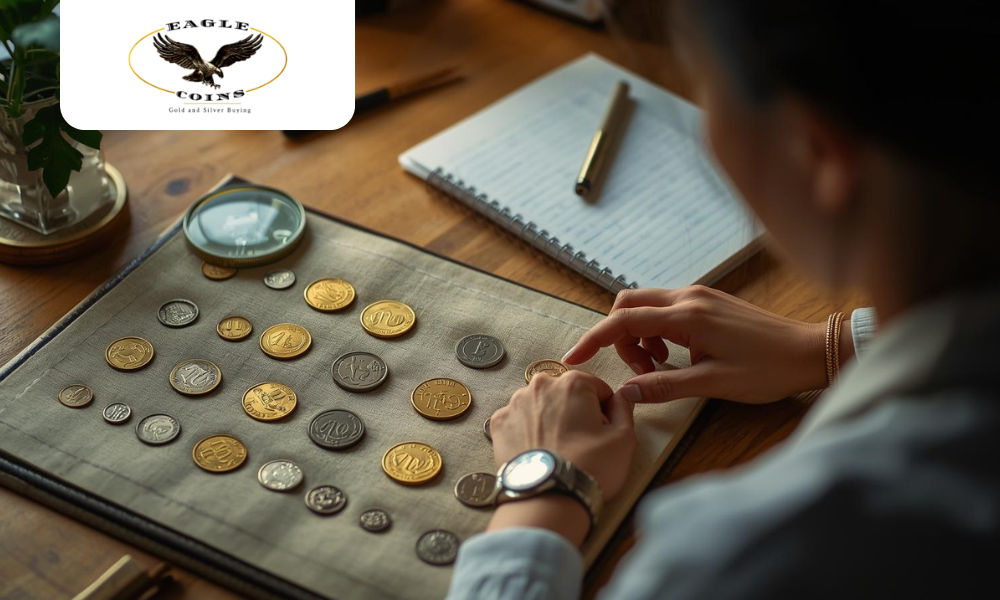Something extraordinary happened to the coin collecting world in 2025 that nobody saw coming. While precious metals grabbed headlines with gold hitting $3,500 and silver spiking to $37, an entirely different phenomenon was quietly reshaping how coins get bought and sold.
The traditional hierarchy of coin values got turned completely upside down.
Social media changed everything. TikTok videos showing “penny flips” went viral. YouTube channels dedicated to “coin roll hunting” exploded past 500,000 subscribers. Suddenly, coins that veteran collectors dismissed as “modern junk” were selling for hundreds of dollars to Gen-Z buyers who’d never stepped foot in a traditional coin shop.
Last month proved this point when Mrs. Chen from Dennis brought us her late husband’s “miscellaneous coin collection.” Traditional dealers had told her it was worth “maybe $300 for the silver content.” But inside that collection was a 1982-D small date Lincoln cent in mint condition.
Five years ago? Worth maybe 10 cents. Today? Sold to a 22-year-old collector from California for $275 through our online network.
The entire collection – which three traditional buyers had valued between $250-300 – actually brought Mrs. Chen $4,100 because we understood what she owned in today’s market, not yesterday’s.
This dramatic shift reveals why asking where can I sell old coins in 2025 requires completely rethinking everything you thought you knew about coin values and buyers.
The Social Media Generation is Rewriting Coin Values
Where can I sell old coins successfully now depends on understanding that coin collecting has split into two completely different markets: traditional numismatics and social media-driven collecting.
The TikTok Effect: Modern Coins Going Viral
State quarters everyone ignored for 25 years are suddenly worth $5-50 each due to social media attention. The 1999 Delaware quarter with die cracks? Worthless in 2020. Now selling for $85-120 to collectors who saw it featured in viral YouTube videos.
Generation Gap in Buying Patterns
Traditional collectors (age 50+) still focus on historical coins: Morgan dollars, Mercury dimes, Indian Head cents. They meet at local coin shops, negotiate in person, and value historical significance.
Social media collectors (age 18-35) hunt modern errors, unique varieties, and coins featured in online content. They buy through apps, pay via Venmo, and care more about social media “clout” than historical importance.
This creates parallel markets with completely different price structures.
The International Online Revolution
Unlike gold and silver, which have established global markets, coins have traditionally been local markets. That changed dramatically in 2025 when international platforms made American coins accessible to worldwide collectors.
Heritage Auctions now sees 70% of their coin sales go to international buyers who never physically see the coins. A customer recently consigned a Walking Liberty half dollar collection through us – coins that local dealers offered $800 for – which sold to collectors in Japan, Germany, and Australia for $2,400 total.
PCGS and NGC grading services have created international standards that let collectors anywhere in the world bid confidently on American coins. This global access dramatically increases competition for quality pieces.
The “Condition Revolution” Nobody Expected
Where can I sell old coins profitably now revolves around understanding that condition has become exponentially more important than ever before.
Sophisticated collectors are buying professionally graded coins, “cracking them out” of their holders, and resubmitting them hoping for higher grades. A coin graded MS-64 might be worth $200, but the same coin graded MS-65 could bring $500.
High-resolution photography now determines sale prices more than in-person examination. Professional photographers in the coin industry are reporting 40-60% increases in final sale prices for properly photographed pieces.
The Death of the “Red Book” Pricing
For decades, coin collectors relied on the “Red Book” for pricing guidance. Social media has made these printed guides almost irrelevant.
Apps like Coin Facts and Coin Facts Pro show real-time sold prices, not theoretical book values. A coin listed at $50 in the Red Book might actually be selling for $15 or $200 on current markets.
Smart sellers now research completed eBay sales, recent auction results, and social media marketplace transactions to understand actual market values.
Where Smart Sellers Actually Go in 2025?
Where can I sell old coins for maximum value means understanding the new buyer categories:
Online Auction Platforms
- Heritage Auctions for high-value pieces ($500+)
- eBay for broad market reach and competitive bidding
- Specialized apps for modern coins and varieties
Social Media Marketplaces
- Facebook coin groups with verification systems
- Instagram dealers with established followings
- Discord servers for specific coin series
Local Networks with Global Reach
- Coin shops that understand online markets
- Dealers connected to international buyers
- Shows with remote bidding capabilities
The “Documentation Revolution”
Where can I sell old coins profitably now requires understanding that documentation has become crucial in ways it never was before.
Coins with documented ownership history are commanding premiums. A Morgan dollar collection with original 1960s purchase receipts from a Boston dealer recently sold for 25% more than identical coins without documentation.
With social media driving interest in error coins and varieties, professional authentication has become essential. The same 1955 doubled die penny could be worth $5 if fake or $1,800 if authentic.
The Massachusetts Advantage in the New Market
Cape Cod’s location creates advantages that most sellers don’t realize exist:
- Historical Significance Premium: New England’s revolutionary history creates demand for Colonial and early American pieces that other regions can’t match.
- Wealthy Summer Population: Seasonal residents include serious collectors willing to pay cash premiums for immediate ownership rather than waiting for auctions.
- Boston Market Access: Close proximity to major auction houses and international dealers expands selling opportunities beyond local markets.
Beyond Traditional Selling: The New Opportunities
Where can I sell old coins extends into markets that didn’t exist five years ago:
- Content Creators: YouTubers and TikTok creators buy coins for video content, often paying premiums for “interesting” pieces regardless of traditional value.
- Corporate Collections: Businesses creating lobby displays pay above-market rates for attractive, historically interesting pieces.
- Educational Institutions: Schools and museums building educational displays often pay premiums for coins with teaching value over pure collecting value.
The Timing Revolution
The traditional coin show season (fall/winter) no longer dictates best selling times. Social media has created year-round demand with different peaks:
- January: New Year collecting resolutions drive buying
- April: Tax refund spending increases coin purchases
- July-August: Summer show preparation creates demand
- November: Holiday gift buying for collectors
Professional Authentication Standards
The Professional Numismatists Guild (PNG) has established new standards for coin authentication that reflect modern market demands. Educational resources from the American Numismatic Association (ANA) have become essential for understanding current market dynamics.
Ready to Navigate the New Coin Market?
Don’t make Mrs. Chen’s near-mistake of accepting traditional dealer offers that ignore today’s market realities. At Eagle Coins Gold and Silver Buying, we understand both traditional numismatics and the social media-driven markets that other buyers miss entirely.


